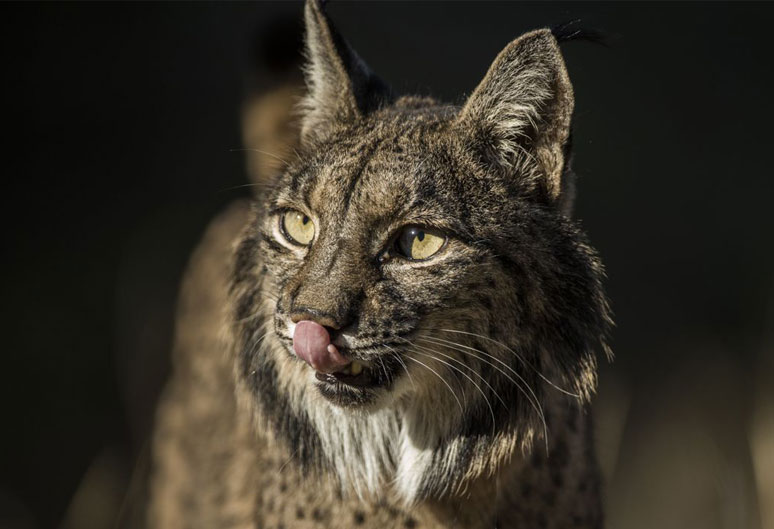Nature photographer Luke Massey goes hunting for images of one of the rarest of rare cats
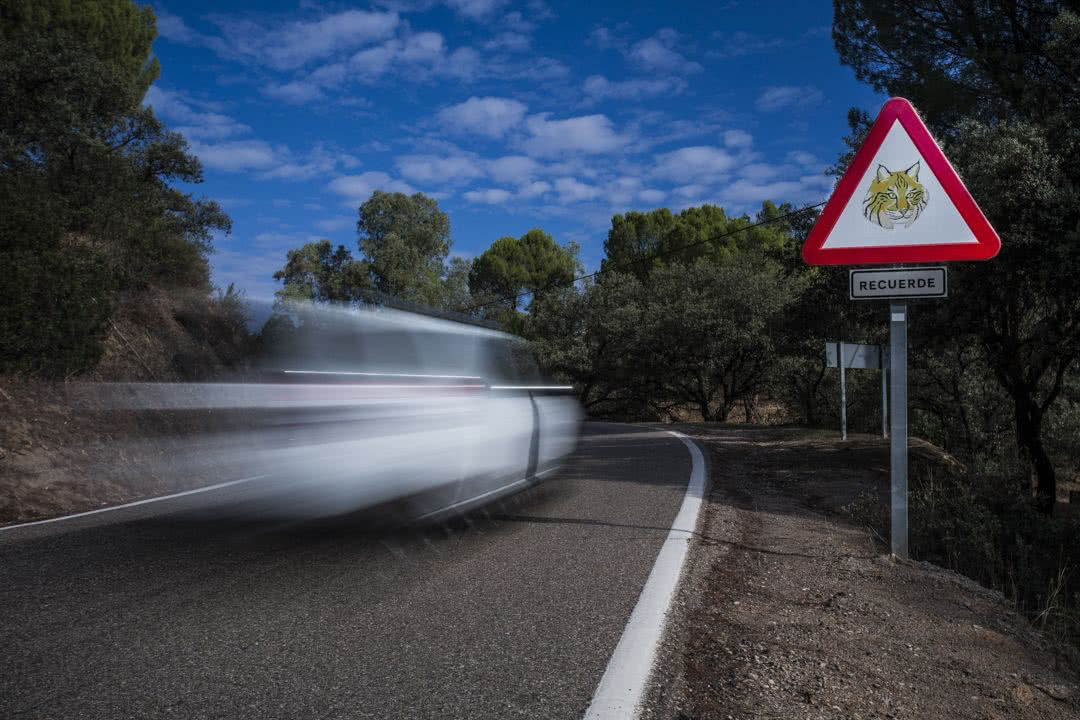 © Luke Massey
© Luke Massey
I remember getting a brief glimpse of a Canadian lynx about 15 years ago, and from that moment I was hooked. Most nature enthusiasts have that one species they want to see, and for me it was (and still is) lynx. I just can’t think of a moodier but more stunning-looking cat. Leopards are sexy, lions are a bit dull and jaguars are mean-looking muscle machines but lynx just have it all: the looks, the attitude. They’re awesome.
I’ve tried to see European lynx loads of times, I’ve heard them, found fresh tracks, even fresh droppings, but they’ve continued to evade me. They’re hide and seek masters.
Alongside these lynx you’ve got the Iberian lynx, the rarest cat in the world and maybe the best-looking. An amazing beard, striking ear tufts and these piercing green eyes.
As a photographer it’s my job to educate and inspire. I once read a quote by Sir Peter Scott ‘“We shan’t save all we should like to – but we shall save a great deal more than if we never tried.” I guess I’ve taken that as my motto.
My aim of this project was to tell people about this cat, to try and raise awareness of its plight and ultimately funds for its conservation. In 2001 there were fewer than 100 roaming Spain now there are more than 400 in Spain and Portugal.
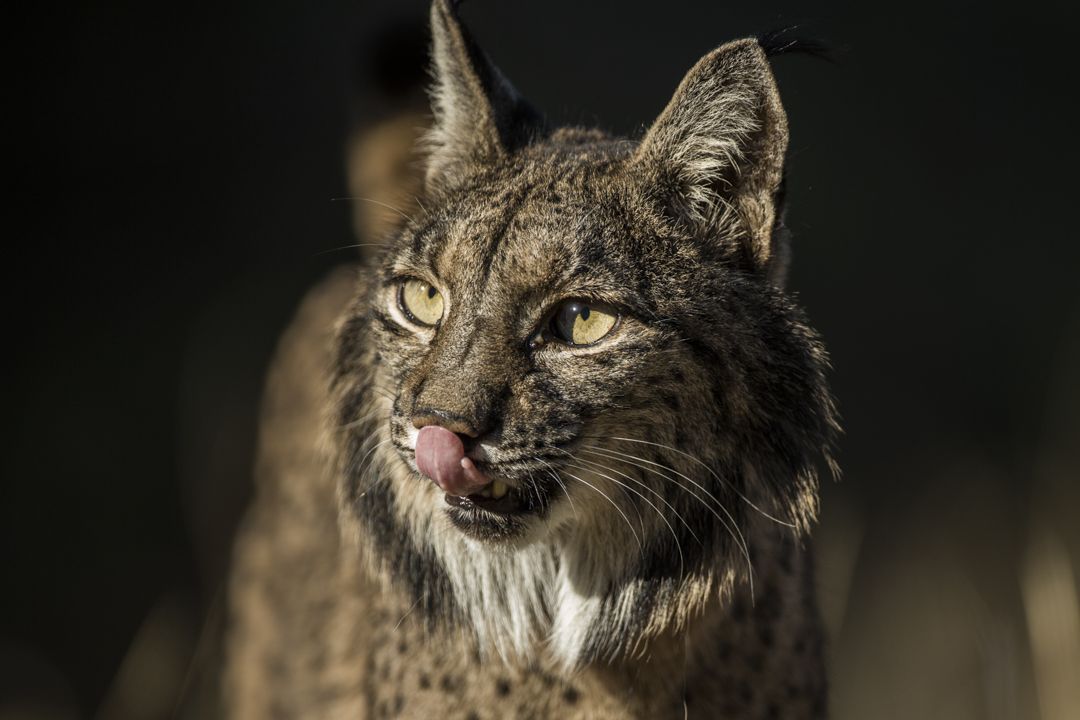 © Luke Massey
© Luke Massey
Preparation
Whenever I start a new project I research like mad, it’s funny really: my school studies suffered as my photography took off. I even dropped out of university! But I’ve since come full circle and now I try and learn as much as I can about subjects, reading up on them and speaking to scientists to get an understanding of the species.
Once I’ve got that, I (if possible) head to the destination on a recce. This is usually to get the lay of the land and obviously any bonus starting photos/film for the project. I watch my subject (if I can find it) and just work out what it does, where it goes, what it likes etc.
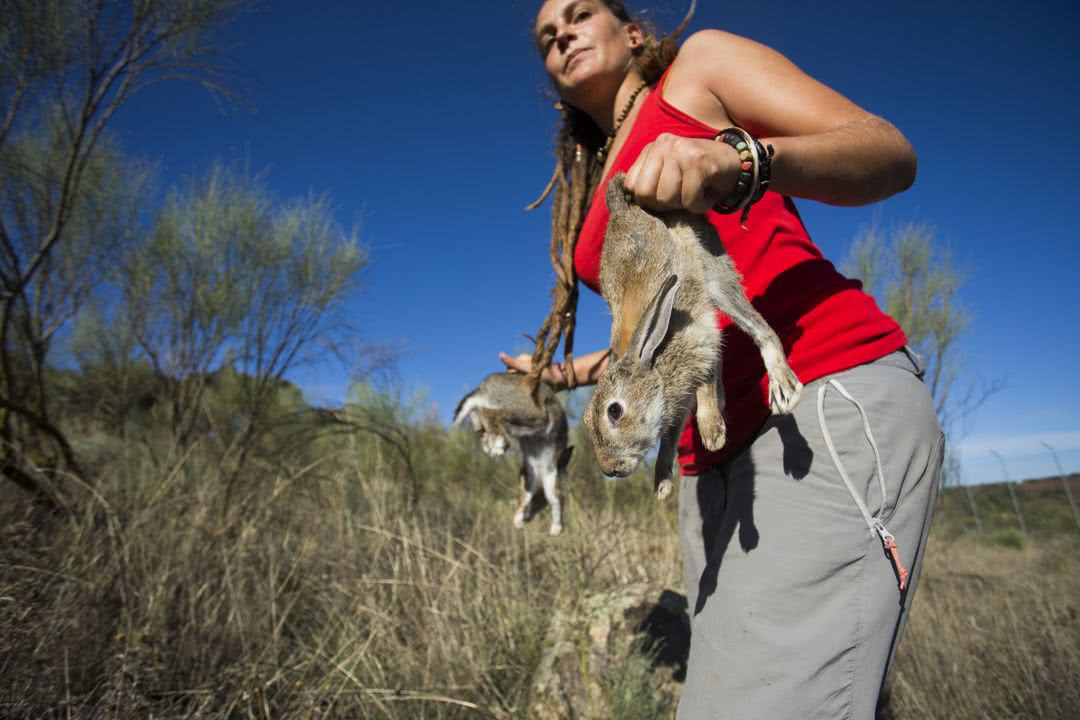 © Luke Massey
© Luke Massey
Luckily, before I searched for the lynx I’d spent three months working with leopards in Zambia. Lynx and leopards are both secretive and are both known to ambush hunters so you see a lot of similar behaviours, which helped. The experience meant I could spot a lynx and predict almost exactly where it was going to go. On the recce we had a lynx bonanza, I think I ended up seeing 6 in 5 days, it was incredible.
The shoot
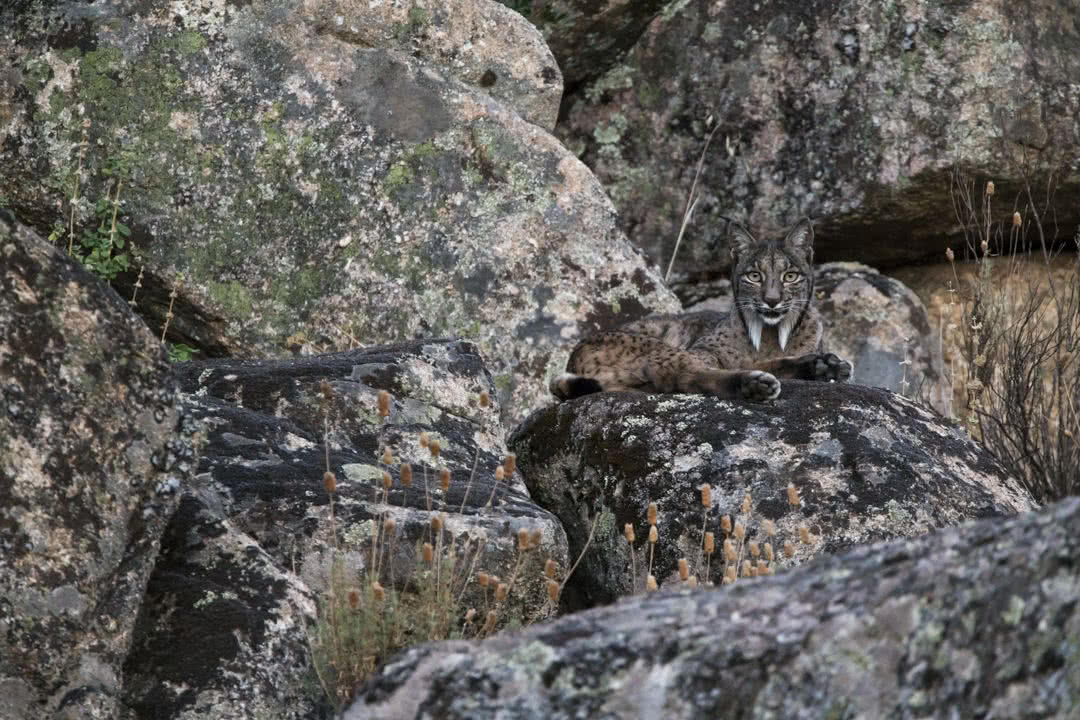 © Luke Massey
© Luke Massey
I allowed myself four months in Spain to get what I needed, but I was a little blinded by my recce’s success and I made a couple of errors. My recce was in January, peak breeding season for the lynx, and daytime temperatures reached no more than 20°C, nice and cool for a fur covered animal. Conversely, when I decided to start my project in July, daytime temperatures were hitting the mid-40s. Big mistake. Any sensible lynx (and it seems they all were) hid until nightfall. I got one usable camera trap shot and a captive-bred lynx release in 72 days, I was twiddling my thumbs and getting frustrated by the limits of what I could do. Fortunately, in early September I struck gold, I found two lynx in a bush right by the footpath.
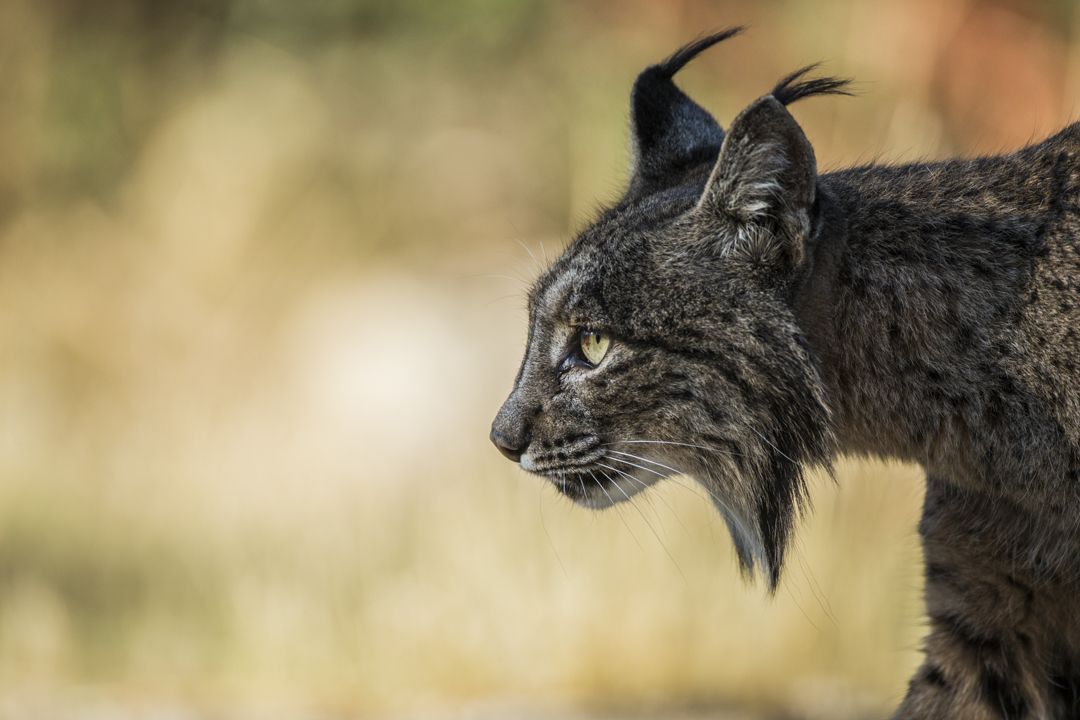 © Luke Massey
© Luke Massey
Lynx are not hunted; in fact their numbers are plummeting due to habitat destruction and a rapid decline in their main food source, rabbits. They’re so unthreatened by humans they’re relatively tolerant of us. That’s not to say they’re tame by any means – if you find a GPS-collared lynx, it’ll be gone in seconds, and if you surprise an un-collared lynx, chances are it’ll beat a hasty retreat too. However, this couple were relaxed, and I followed them as they went about their business. They stayed around all day and I got some great stuff.
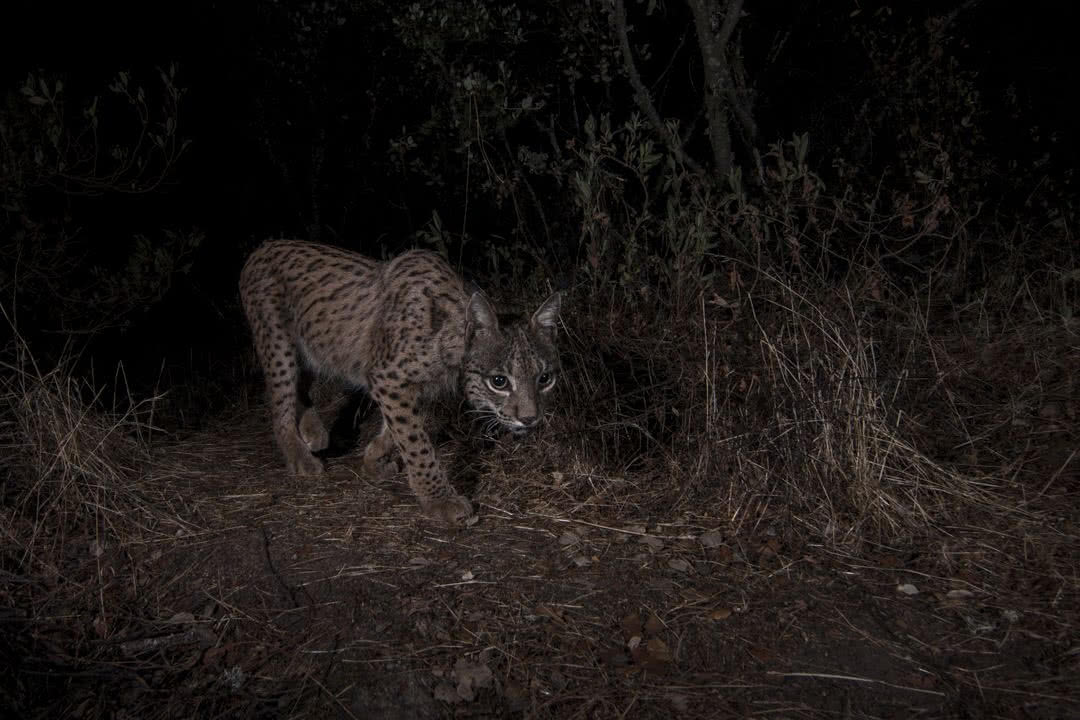 © Luke Massey
© Luke Massey
Alongside wild encounters we worked with the Iberlince Project in Extremadura, attending medical examinations of captive-bred cubs and even some releases. It was important to tell the whole story of what was being done to save the lynx from imminent extinction – if humans hadn’t stepped in 15 years ago, there wouldn’t be an Iberian lynx to even do a project on.
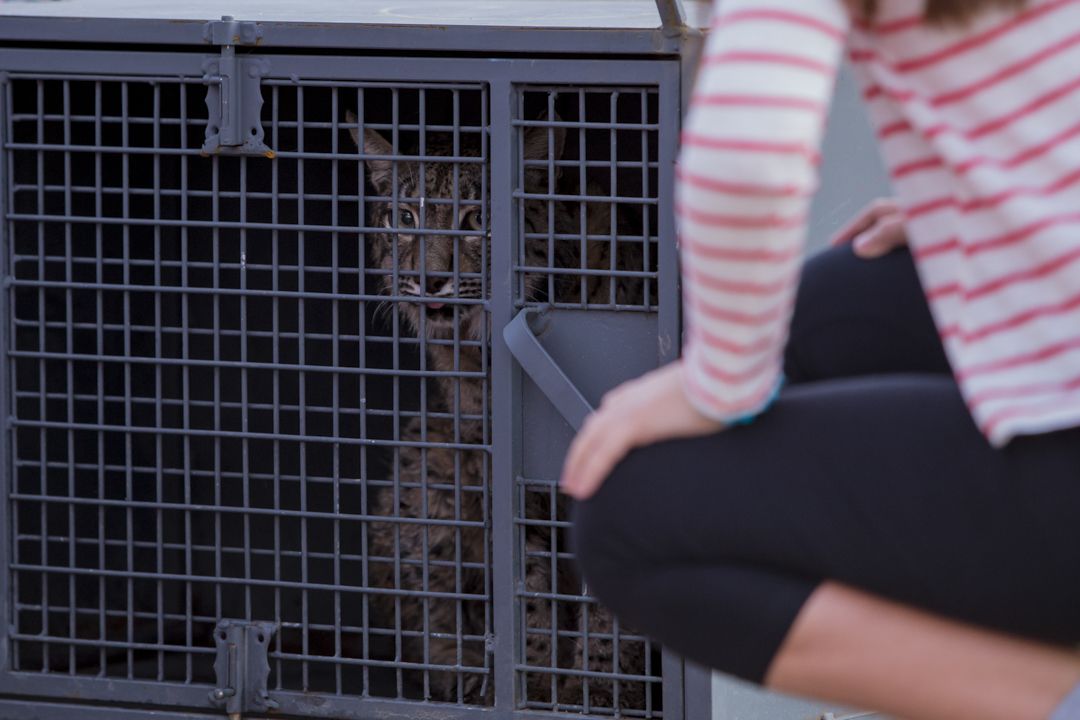 © Luke Massey
© Luke Massey
We knew, or at least we expected, that we’d be allowed to attend the release of captive bred lynx into the wild, but we were told by multiple people that it would be incredibly unlikely we’d be able to actually enter a veterinary surgery and see the lynx be collared and have their health checked before release.
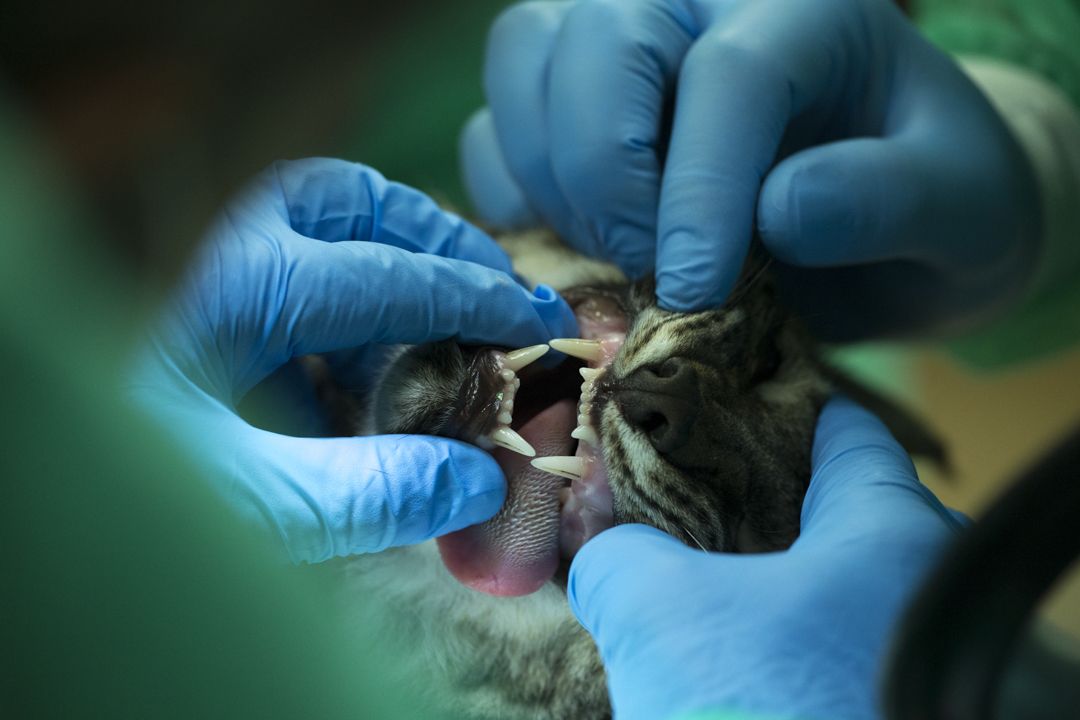 © Luke Massey
© Luke Massey
It was therefore a privilege to get this access and to watch Vicky Ascencio and her team at work, these people and their colleagues across Spain and Portugal have given this iconic species a second chance, now the next generation, and hopefully many more generations to come can head into Iberia’s hills to spot this cat.
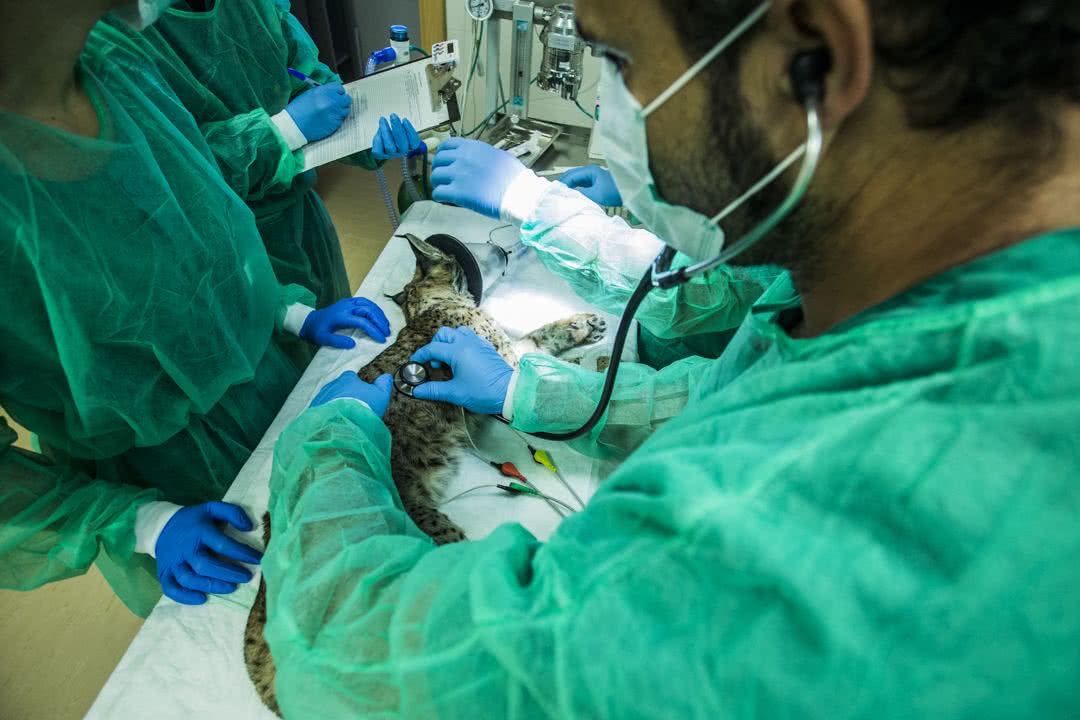 © Luke Massey
© Luke Massey
Success and the aftermath
Despite the initial lynx drought, amazingly the project did come together. I’m really pleased with what I got and I feel it really made a difference. We got some artists on board who made lynx-themed pieces, and their endeavours have raised over 500 euros to date. We also teamed up with the charity Wild & Free, who raised £1200, and all of this money has been donated to NGO LPN in Portugal, who are creating lynx habitats.
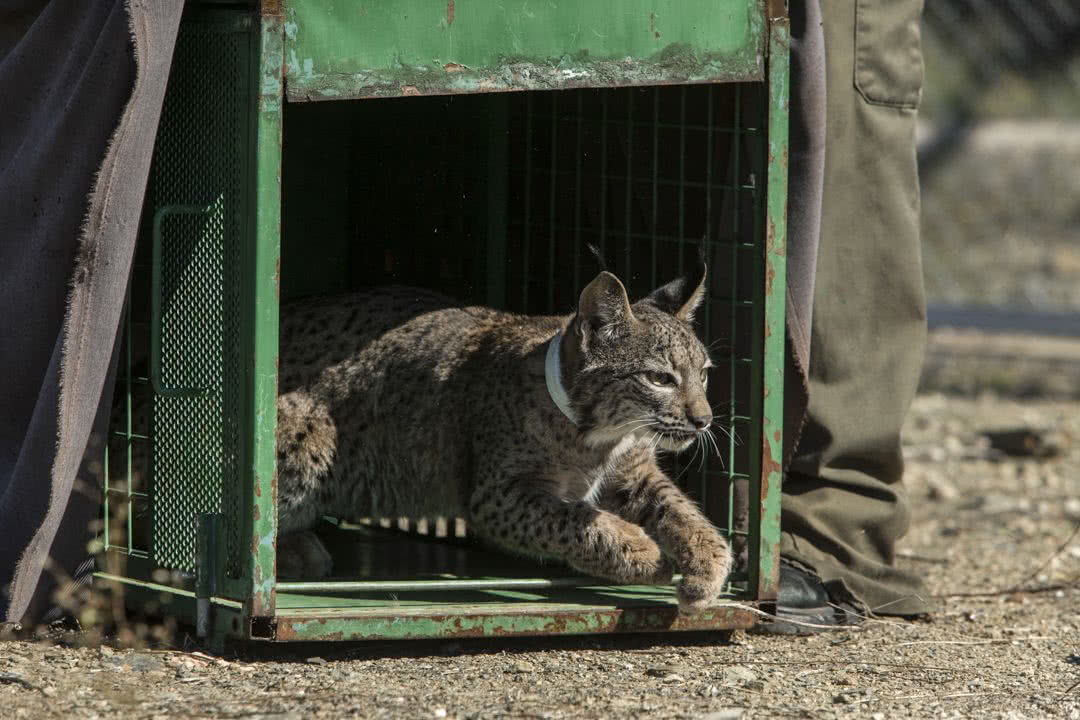 © Luke Massey
© Luke Massey
We also had a six-page feature in Geographical magazine, which goes out to 135,000 people so it was a great way to educate people of the lynx’s plight.
Luke Massey is a wildlife and nature photographer and videographer, and he can be reached at www.lmasseyimages.com. Luke was speaking to Jon Stapley

